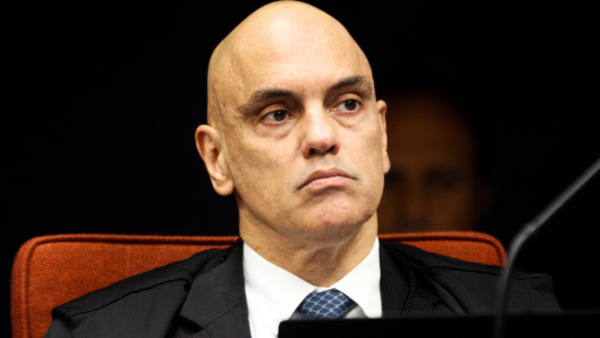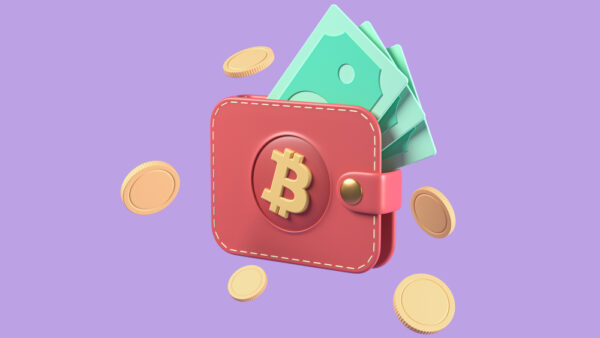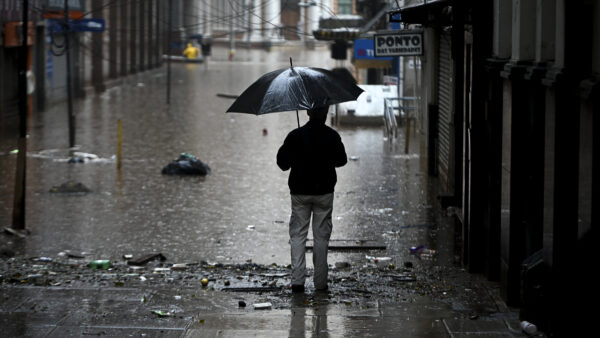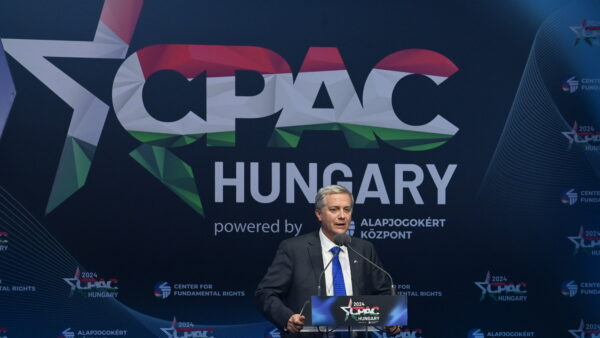Brazilian consumer prices rose 0.84 percent in February. The result was well below figures from a year prior, but a considerable increase from the 0.53 percent rise in January. The country’s benchmark inflation index sits at 5.60 percent for the last 12 months.
Inflation remains widespread. For the second consecutive month, prices rose in eight of the nine surveyed segments. As it was in January, the clothing segment was the sole exception.
Spending on education saw the biggest price bump in February with the start of the new school year, bringing new (and higher) tuition fees. Education costs rose by an average of 6.28 percent for the month — the highest jump since 2004. Prices related to secondary education rose the most: 10.28 percent.
Also released today, the National Consumer Price Index (INPC) — used as a reference for minimum wage readjustments, as it calculates inflation for families with lower incomes — also rose 0.77 percent in February from 0.46 percent a month prior.
Inflation could stop falling in the near future, especially due to the return of federal fuel taxes at the end of February. The impact on prices at the pump will only be measured by the next inflation reading. Moreover, health insurance premiums are expected to increase by 10 to 12 percent this year. Even before the readjustment, costs of health care rose 12 percent in the past year.
As inflation continues stubbornly high and widespread, the Central Bank sees itself in a pickle. On one hand, the bank said on multiple occasions that it would only begin cutting interest rates (currently at 13.75 percent) if prices were cooling off sustainably. On the other, high borrowing costs are sparking fears of a credit crisis.


 Search
Search










































